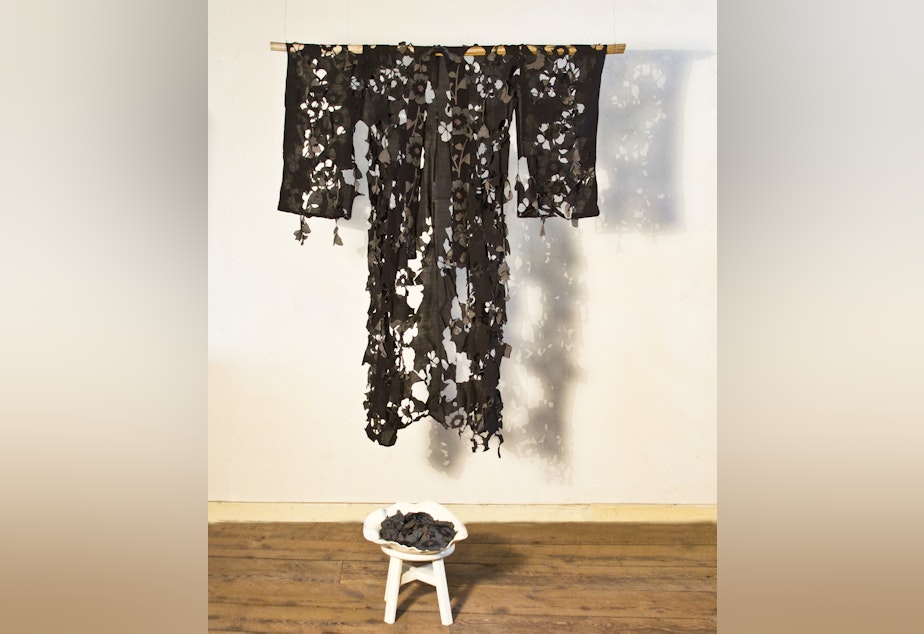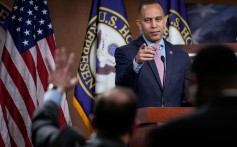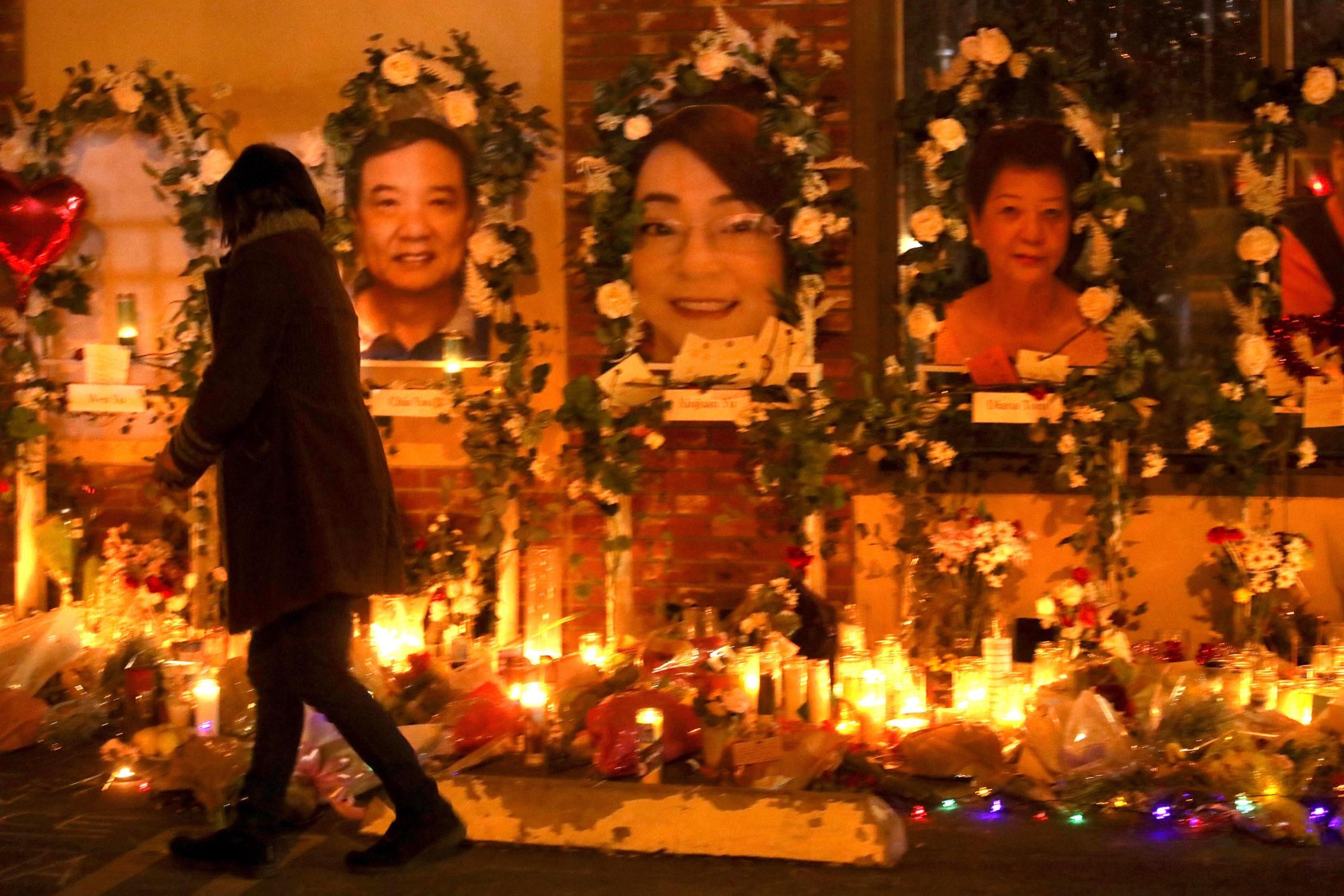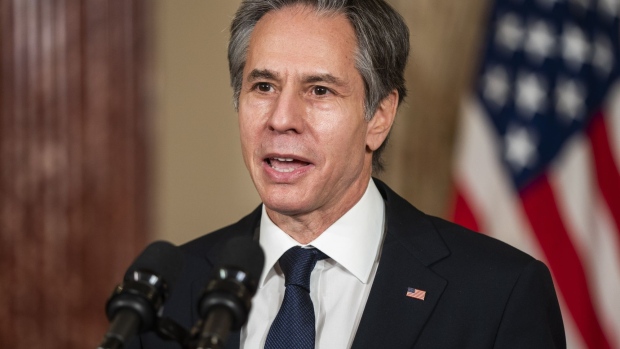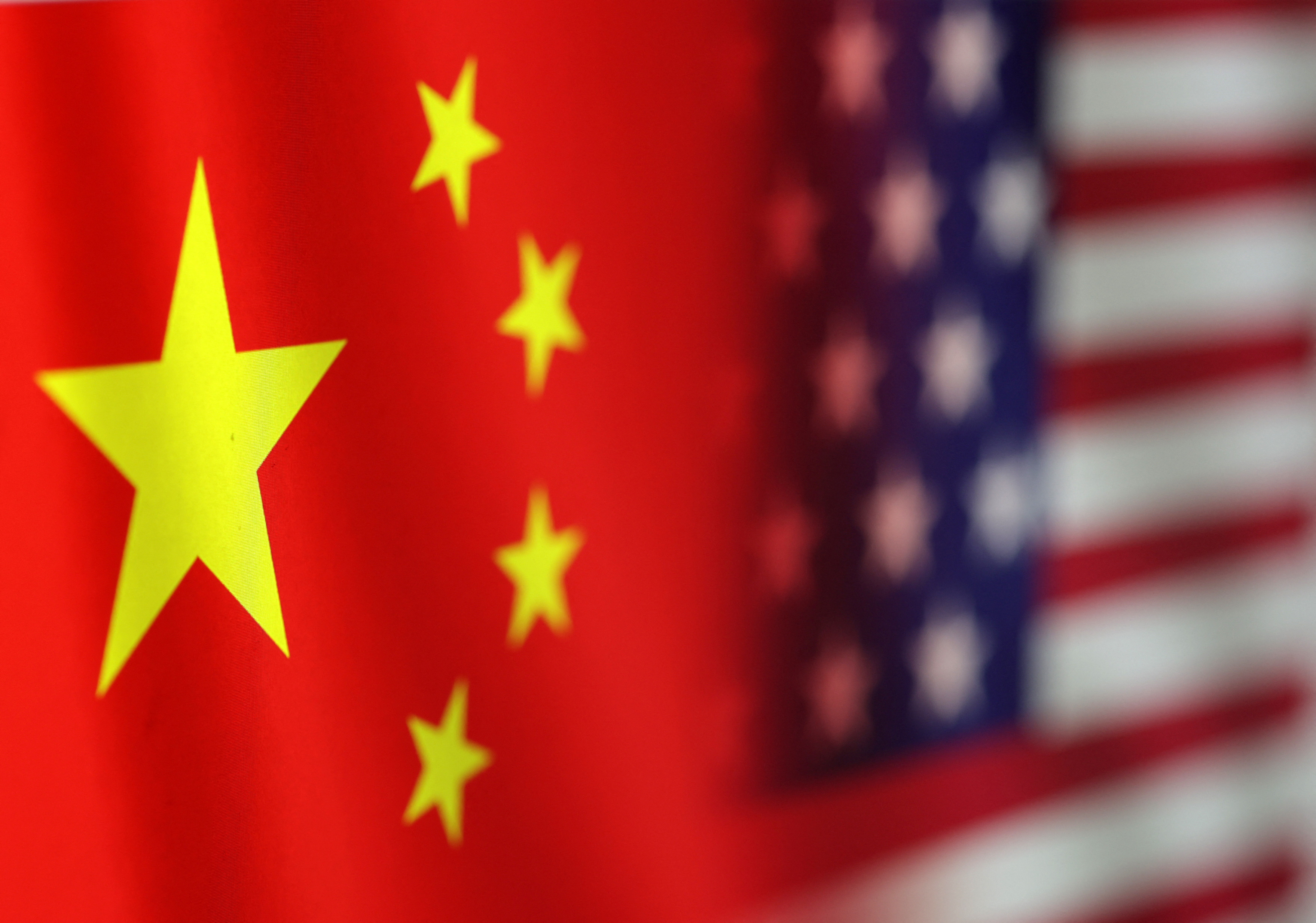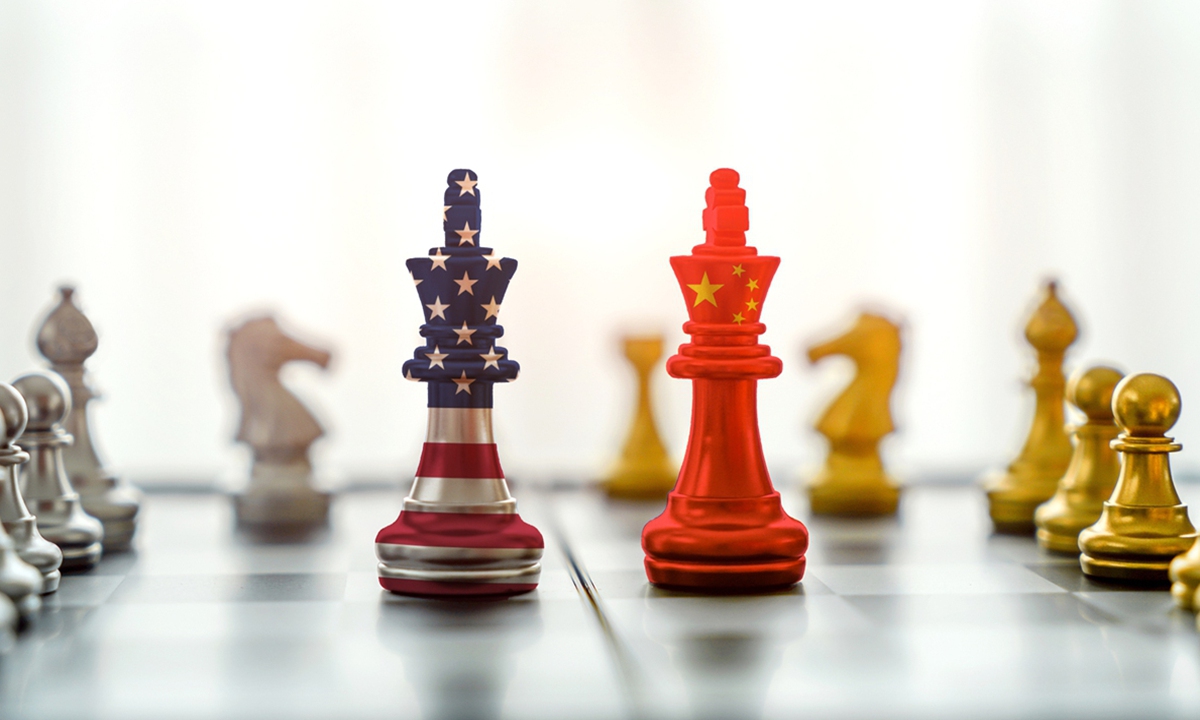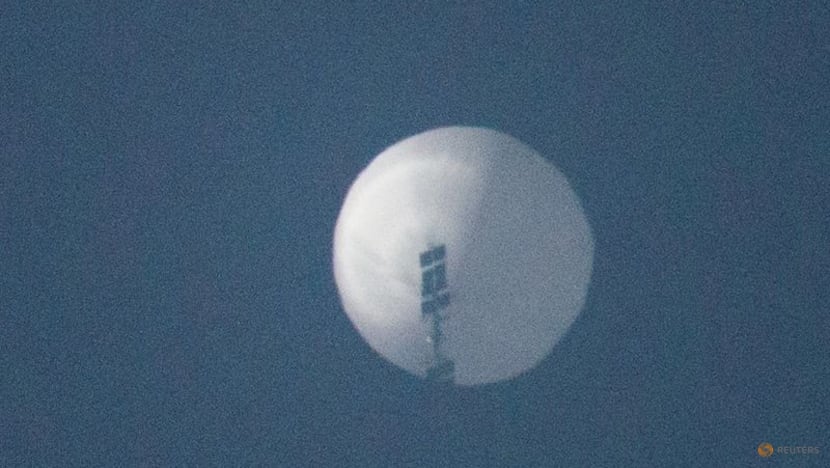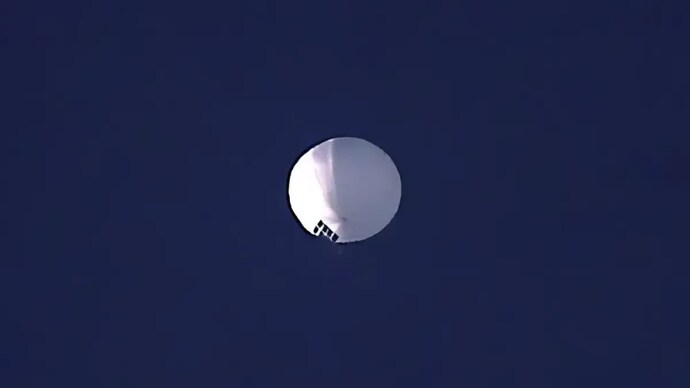Analysis by Michelle Toh and Emiko Jozuka, CNN
Fri February 3, 2023
Hong Kong/TokyoCNN —
Hideya Tokiyoshi started his career as an English teacher in Tokyo about 30 years ago.
Since then, his salary has stayed pretty much the same. That’s why, three years ago, after giving up hopes for higher pay, the schoolteacher decided to start writing books.
“I feel lucky, as writing and selling books gives me an additional income stream. If not for that, I would’ve stayed stuck in the same wage loop,” Tokiyoshi, now 54, told CNN. “That’s why I was able to survive.”
Tokiyoshi is part of a generation of workers in Japan who have barely gotten a raise throughout their working lives. Now, as prices rise after decades of deflation,the world’s third largest economy is being forced to reckon with the major problem of falling living standards, and companies are facing intense political pressure to pay more.
Japanese Prime Minister Fumio Kishida is urging businesses to help workers keep up with higher living costs. Last month, he called on companies to hike pay at a level above inflation, with some already heeding the call.
Like other parts of the world, inflation in Japan has become a major headache. In the year to December, core consumer prices rose 4%. That’s still low by comparison with America or Europe, but represents a 41-year high for Japan, where people are more used to prices going backwards.
“In a country where you haven’t had nominal wage growth over 30 years, real wages are declining quite rapidly as a result [of inflation],” Stefan Angrick, a Tokyo-based senior economist at Moody’s Analytics, told CNN.
Last month, Japan recorded its biggest drop in earnings, once inflation is taken into account, in nearly a decade.
A longstanding problem
In 2021, the average annual paycheck in Japan was $39,711, compared with $37,866 in 1991, according to data from the Organisation for Economic Co-operation and Development (OECD).
That means workers got a pay bump of less than 5%, compared to a rise of 34% in other Group of Seven economies, such as France and Germany, over the same period.
Experts have pointed to a series of reasons for the stagnant wages. For one, Japan has long grappled with the opposite of what it’s facing now: low prices. Deflation started in the mid-1990s, because of a strong yen — which pushed down the cost of imports — and the bursting of a domestic asset bubble.
“For the past 20 years, basically, there has been no change in consumer price inflation,” said Müge Adalet McGowan, senior economist for the Japan desk at the OECD.

A customer walking into a Tokyo supermarket on Dec. 23, 2022. Japan's core consumer prices rose 4% that month, a 41-year high.Richard A. Brooks/AFP/Getty Images
Until now, consumers wouldn’t have taken a hit to their wallets or felt the need to demand better pay, she added.
But as inflation rises, people are likely to start making “strong” complaints about the lack of raises, predicted Shintaro Yamaguchi, an economics professor at the University of Tokyo.
A changing job market
Experts say Japan’s wages have also suffered because it lags in another metric: its productivity rate.
The country’s output, measured by how much workers add to a country’s GDP per hour, is lower than the OECD average, and “probably the biggest reason” for flat wages, according to Yamaguchi.
“Generally, wages and productivity growth go hand-in-hand together,” McGowan said. “When there’s productivity growth, firms perform better and [when] they do better, they can offer higher wages.”

This giant economy wants its workers to get inflation-busting pay rises
She said Japan’s aging population was an additional issue because an older labor force tends to equate to lower productivity and wages. The way people are working is also changing.
In 2021, nearly 40% of Japan’s total workforce was employed part-time or worked irregular hours, up from roughly 20% in 1990, according to McGowan.
“As the share of these non-regular workers has gone up, of course the average wages also stay low, because they make less,” she said.

People crossing a street in the Ginza area of Tokyo in November. The shape of Japan's workforce is shifting, with more people working part-time.Yuichi Yamazaki/AFP/Getty Images
‘Lifetime’ employment
Japan’s unique work culture is contributing to wage stagnation, according to economists.
Many people work in the traditional “lifetime employment” system, where companies go to extraordinary lengths to keep workers on the payroll for life, Angrick said.
That means they’re often very cautious about raising wages in good times so that they have the means to protect their workers when times are tough.
“They don’t want to lay people off. So they need to have that buffer in order to be able to keep them on the payroll when a crisis hits,” he said.

Japan's job-for-life culture has survived war, earthquakes and now a pandemic
Its seniority-based pay system, where workers are paid based on their rank and length of service rather than performance, lowers incentives for people to change jobs, which in other countries generally helps push up wages, according to McGowan.
“The biggest issue in Japan’s labor market is the stubborn insistence on pay by seniority,” Jesper Koll, a prominent Japan strategist and investor, previously told CNN. “If genuine merit-based pay were introduced, there would be much more job switching and career climbing.”
Pressure on businesses
Last month, Kishida warned the economy was at stake, saying Japan risked falling into stagflation if wage rises continued to fall behind price increases. The term refers to a period of high inflation and stagnant economic growth.
Raising wages by 3% or more a year was already a core goal of Kishida’s administration. Now, the prime minister wants to take another step further, with plans to create a more formalized system.
Asked for details, a government spokesperson told CNN that new “comprehensive economic measures will include expanded support for wage increases, integrated with an improvement in productivity.”
Authorities plan to roll out guidelines for companies by June, said a representative from the Ministry of Health, Labor and Welfare.
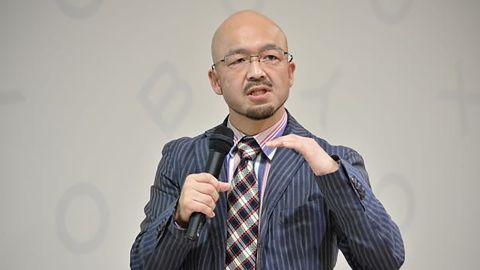
Hideya Tokiyoshi, a teacher in Japan, told CNN he had barely seen his salary go up over the last 30 years.
Meanwhile, the country’s largest labor group, the Japanese Trade Union Confederation or Rengo, is now demanding wage increases of 5% at this year’s talks with the management of various companies. The annual negotiations kick off this month.
In a statement, Rengo said it was making the push because workers were making “inferior wages on a global scale,” and needed help with rising prices.

The owner of Uniqlo is boosting pay for Japan employees by up to 40% as inflation bites
Some companies have already acted. Fast Retailing (FRCOF), the company behind Uniqlo and Theory, announced last month that it would boost salaries in Japan by up to 40%, acknowledging that compensation had “remained low” in the country in recent years.
While inflation was a factor, the company wanted to align “with global standards, to be able to increase our competitiveness,” a Fast Retailing spokesperson told CNN.
According to a Reuters poll released last month, more than half of the country’s big firms are planning to raise wages this year.
Suntory, one of Japan’s biggest beverage makers, may be one of them.

Customers browsing for vegetables at a supermarket in Tokyo in January. Japanese Prime Minister Fumio Kishida is urging businesses to hike pay and help workers keep up with the higher costs of living.Yuichi Yamazaki/AFP/Getty Images
CEO Takeshi Niinami is weighing a 6% raise for its Japanese workforce of approximately 7,000 people, according to a spokesperson, adding that it was subject to negotiation with a union.
The news may prompt other businesses to follow suit.
“If some of the biggest companies in Japan raise wages, many other firms will follow,” if only to stay competitive, said Yamaguchi. “Many firms look at what other firms do.”







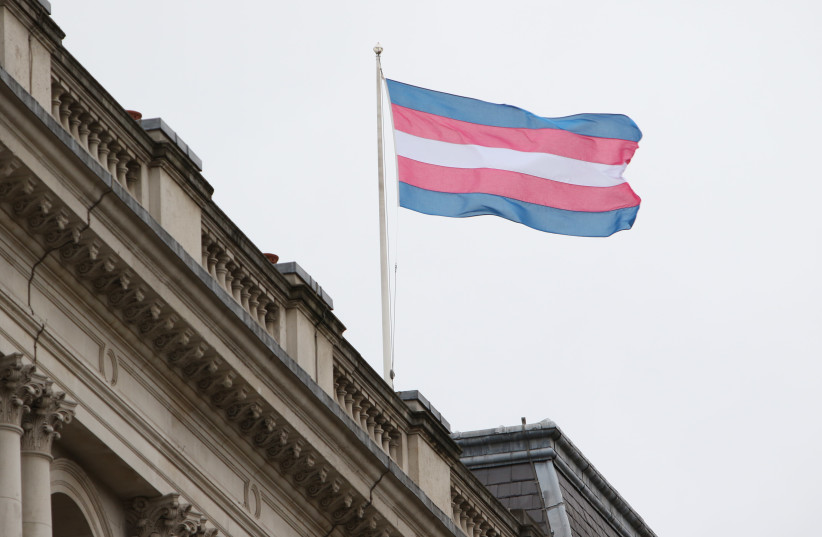
 Walk-in Baths May Be the Newest Trend in Modern BathroomsSponsored by Walk-In Tub | Search Ads
Walk-in Baths May Be the Newest Trend in Modern BathroomsSponsored by Walk-In Tub | Search Ads Improve Poor Sight! Do This immediately!Sponsored by healthyeyes.live
Improve Poor Sight! Do This immediately!Sponsored by healthyeyes.live